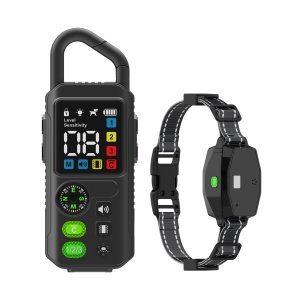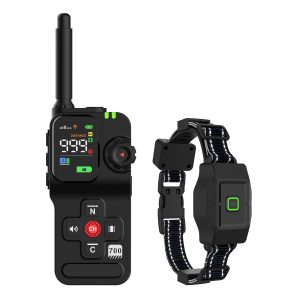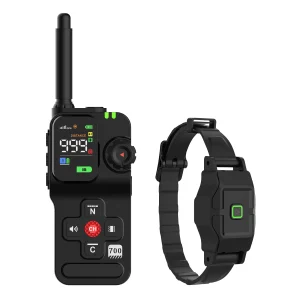The Science Behind Ultrasonic Bark Control Through Trees
In the realm of pet training, ultrasonic bark control devices have emerged as a popular solution to curb excessive barking in dogs. But what about the efficacy of these devices in wooded areas where trees could potentially interfere with the sound waves?
Ultrasonic bark control works by emitting a high-pitched sound whenever a dog barks, aiming to deter them from continuing the behavior. However, when it comes to using these devices in environments with dense foliage like forests or tree-lined yards, questions arise about their effectiveness.
Challenges Posed by Trees
One of the primary challenges faced when using ultrasonic bark control devices around trees is the potential obstruction of the sound waves. Trees, with their leaves, branches, and bark, can absorb or reflect the ultrasonic frequencies, limiting the reach and impact of the deterrent signal.
Moreover, the density of the foliage in trees can reduce the effectiveness of the device since the sound waves may not penetrate through the thick canopy. This raises concerns about whether the intended target, the dog, will actually perceive the ultrasonic sound amidst the natural barriers posed by the trees.
Potential Solutions and Workarounds
To enhance the performance of ultrasonic bark control devices in tree-filled environments, manufacturers have explored various strategies. Some devices come with adjustable frequency settings to optimize the sound output based on the surroundings. By tuning the frequency, users can potentially mitigate the impact of tree interference and improve audio transmission.
Another approach involves strategic placement of the device to ensure that the signal has a clear path to the dog. Positioning the device at a height and angle that minimizes obstructions from trees can help maximize its effectiveness.
Field Testing and Real-World Results
Field tests conducted in wooded areas have yielded varied results regarding the efficacy of ultrasonic bark control through trees. While some studies have reported success in reducing barking behavior even in forested settings, others have highlighted the limitations posed by tree cover.
Factors such as tree species, density, and distance between the device and the dog can all influence the device’s performance. Understanding these variables is key to determining the suitability of ultrasonic bark control in tree-rich environments.
Conclusion
As pet owners seek solutions to address barking concerns in natural settings, the effectiveness of ultrasonic bark control through trees remains a subject of ongoing exploration. By considering the challenges posed by tree interference and implementing appropriate strategies, it is possible to optimize the performance of these devices even amidst lush foliage.




